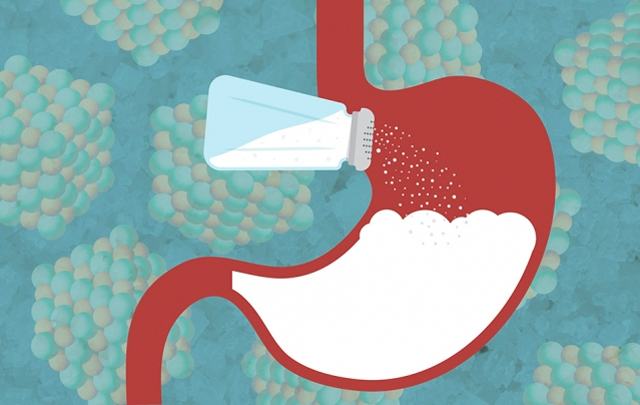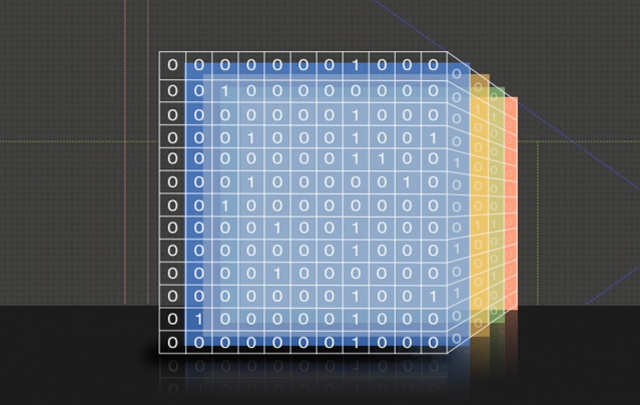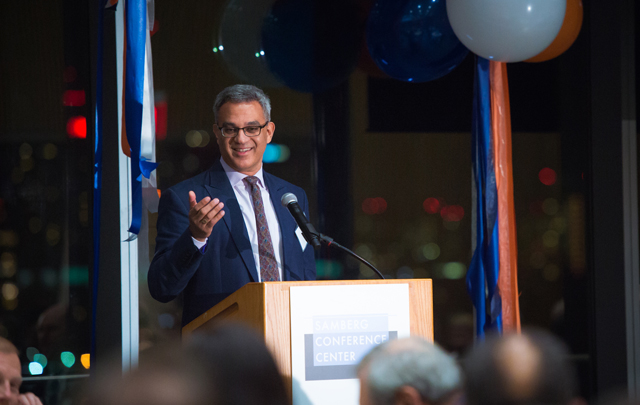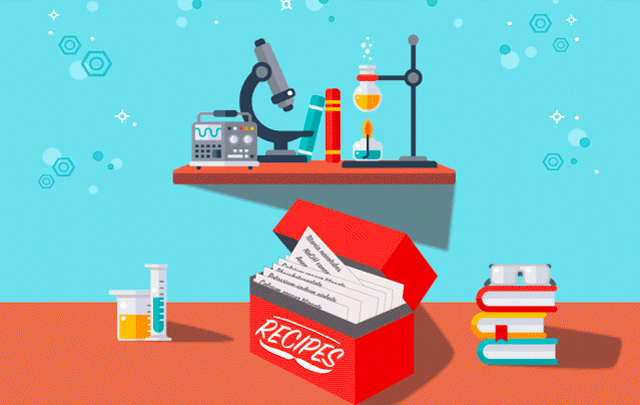Dear members of the MIT community,
Last month when I asked you for stories about how you’ve moved an idea to impact, you inspired me with your responses. Our community’s passion for innovation is phenomenal. Alumni entrepreneurs have launched 30,200 active companies. If MIT startups were collected into one nation, it would have between the ninth and tenth largest gross domestic product in the world.
Let me share a striking example of an MIT faculty member who has brought an idea to impact. Professor Regina Barzilay recently earned a MacArthur “genius” Fellowship for her work in developing machine-learning methods that enable computers to process and analyze vast amounts of human language data. Following treatment for a 2014 cancer diagnosis, Regina expanded her research focus to include the development of AI technologies to fight the disease. Jointly with MGH collaborators, she started creating algorithms that could learn from data collected from millions of cancer patients. Among other things, Regina is automating the analysis of mammogram data to identify patients who are likely to develop a tumor before it appears on a mammogram.
Like many innovations today, Regina’s work relies on a deep learning approach. Other new applications of this technique are emerging constantly — in image recognition, self-driving cars, and surveillance and transportation systems. (Your own interest in deep learning runs high; by a large margin, the most popular item in my last note was “Explained: Neural networks: Ballyhooed artificial-intelligence technique known as deep learning revives 70-year-old idea.”)
MIT faculty and students, too, have a deep interest in deep learning. This month we’ve covered a class on the hardware side of this technology. Co-taught by professor Vivienne Sze and professor of the practice Joel Emer, “Hardware Architecture for Deep Learning” is not a subject for dabblers. But as Emer says: “I’ve never seen an area with so much excitement and promise. The opportunity to have an original impact through building important and specialized architecture is larger than anything I’ve seen before.”
So many of our alumni make an original impact in the world. I invite your observations about the culture of creativity at MIT. This month’s question: How did the MIT environment inspire you to think creatively?
Sincerely,








